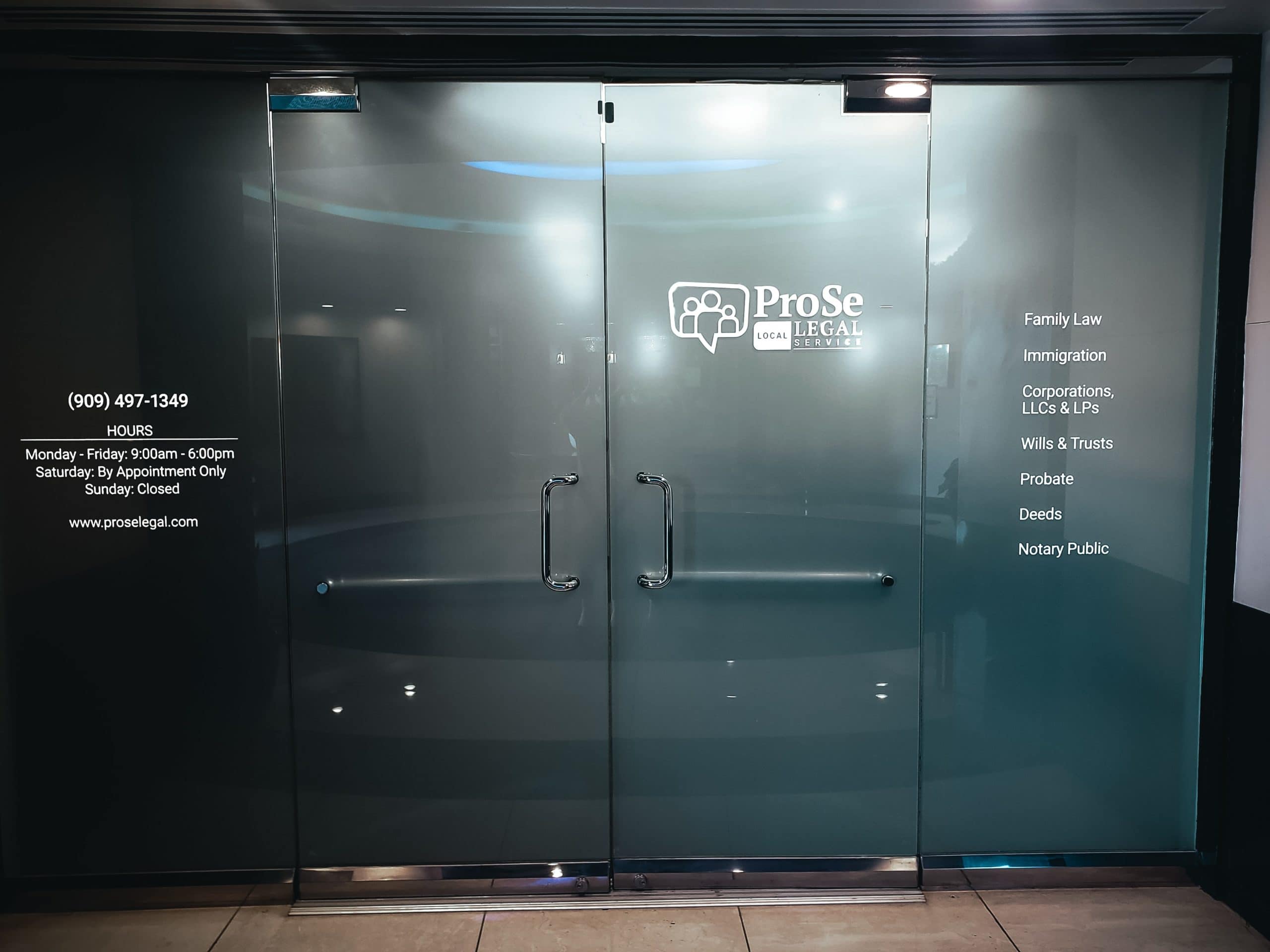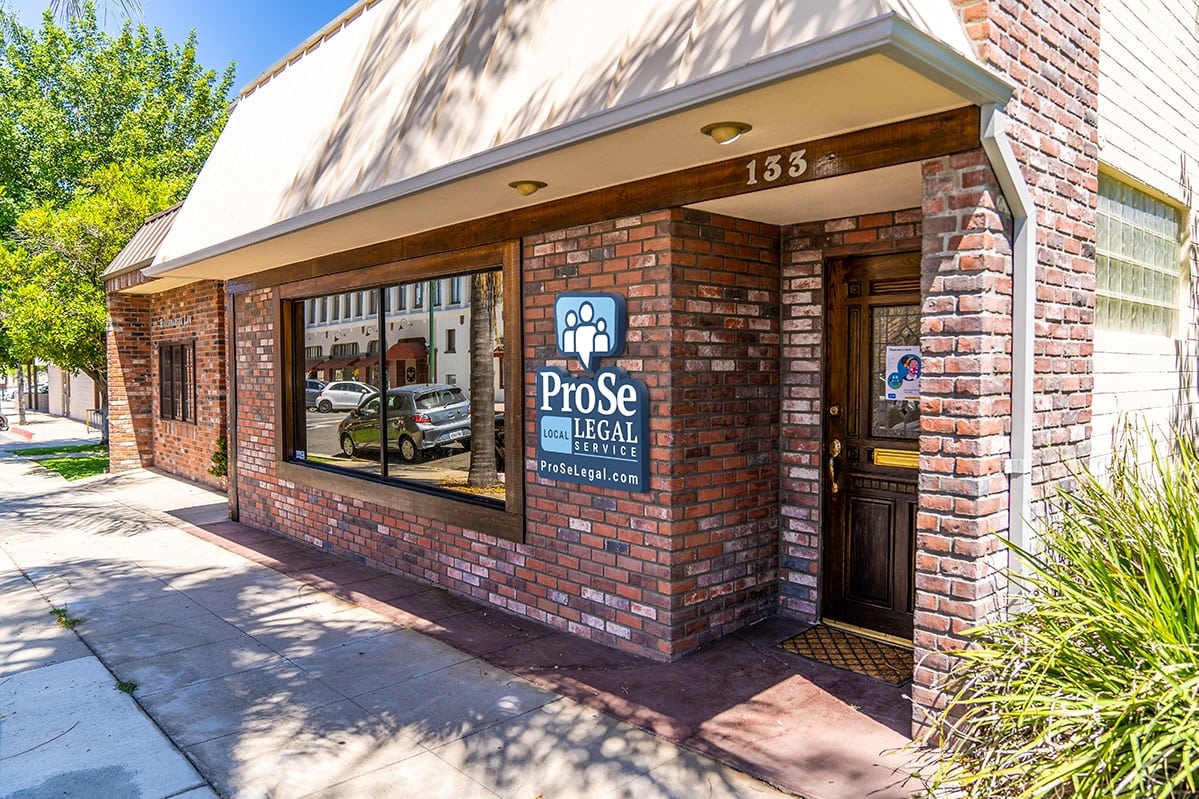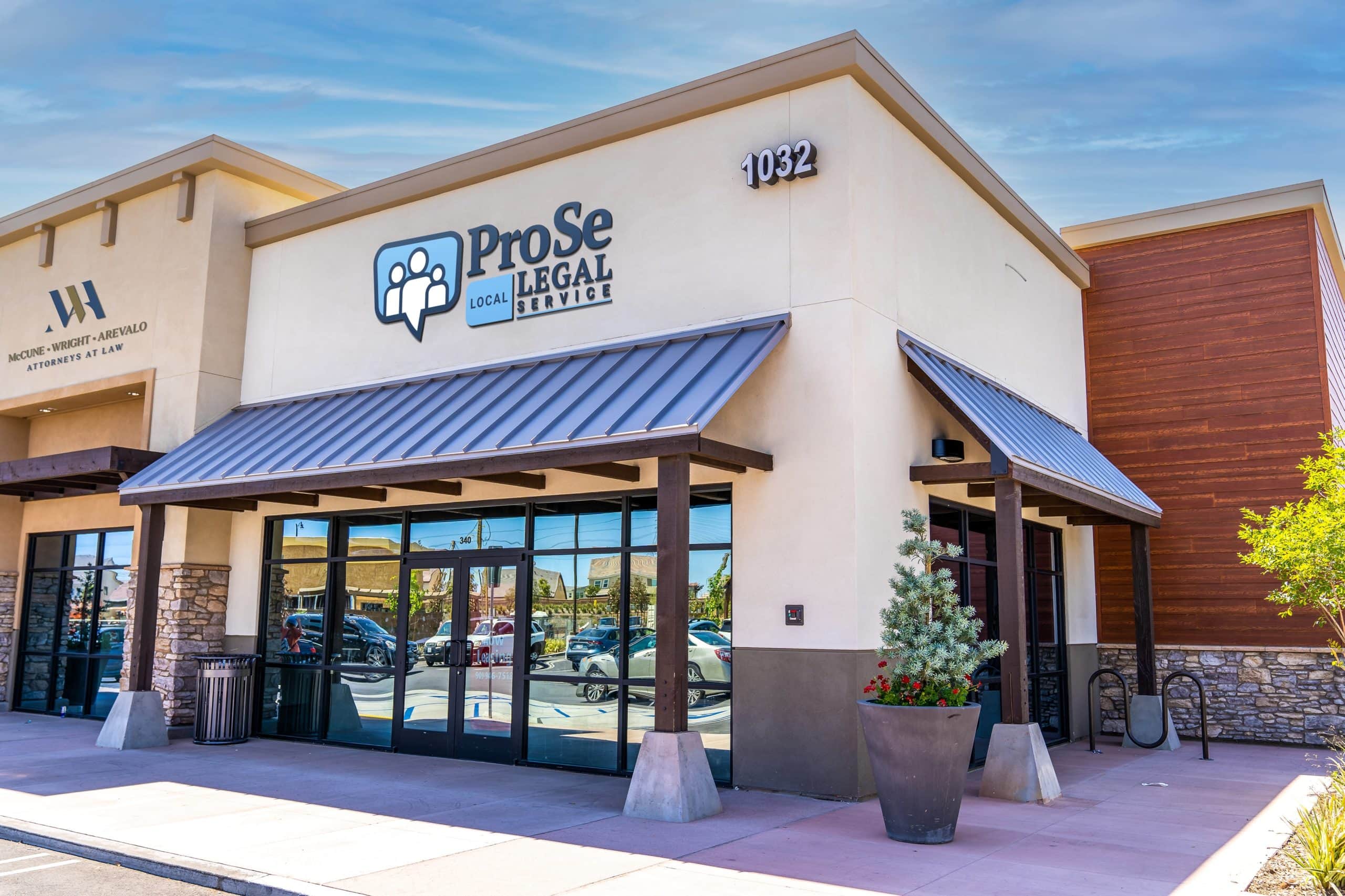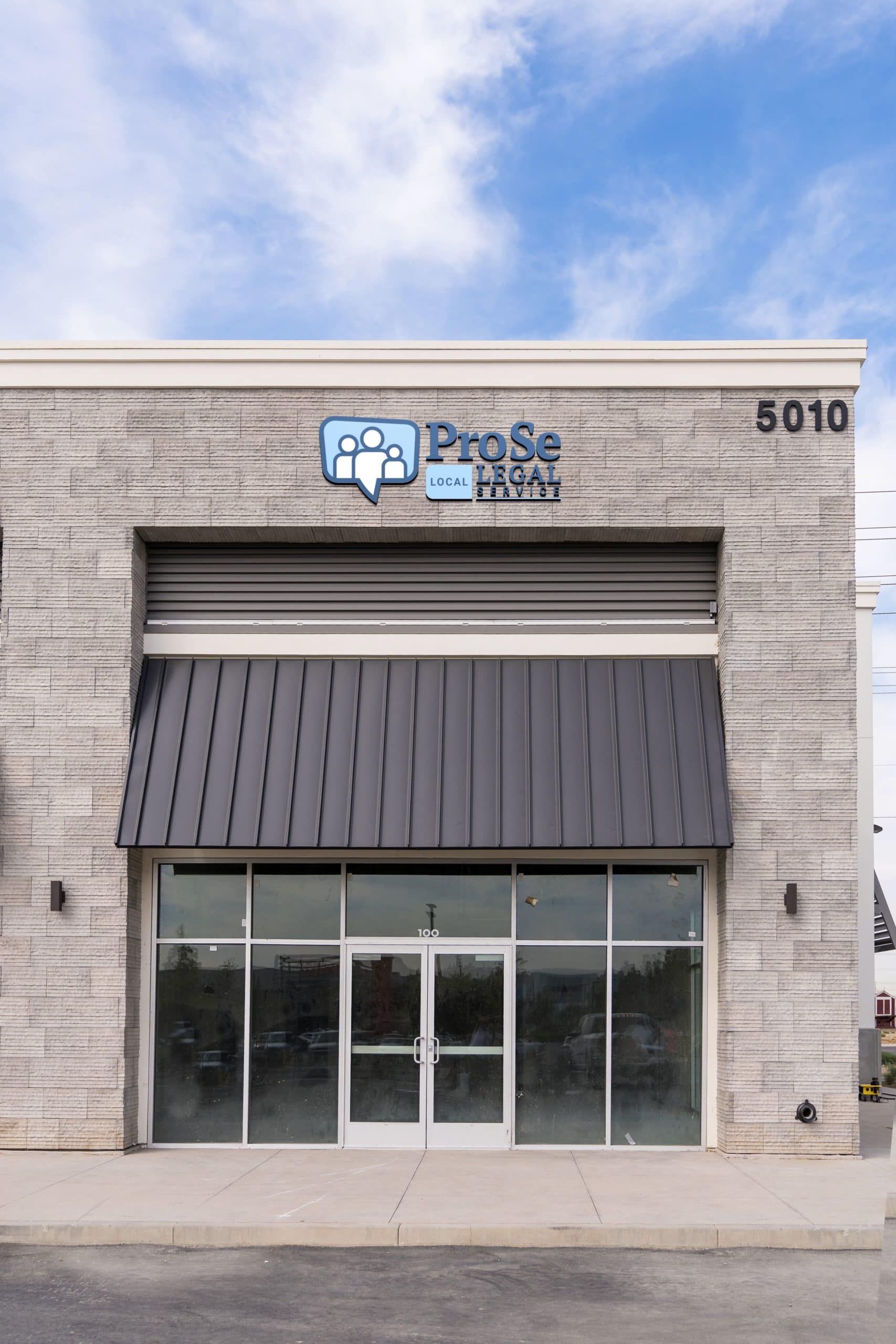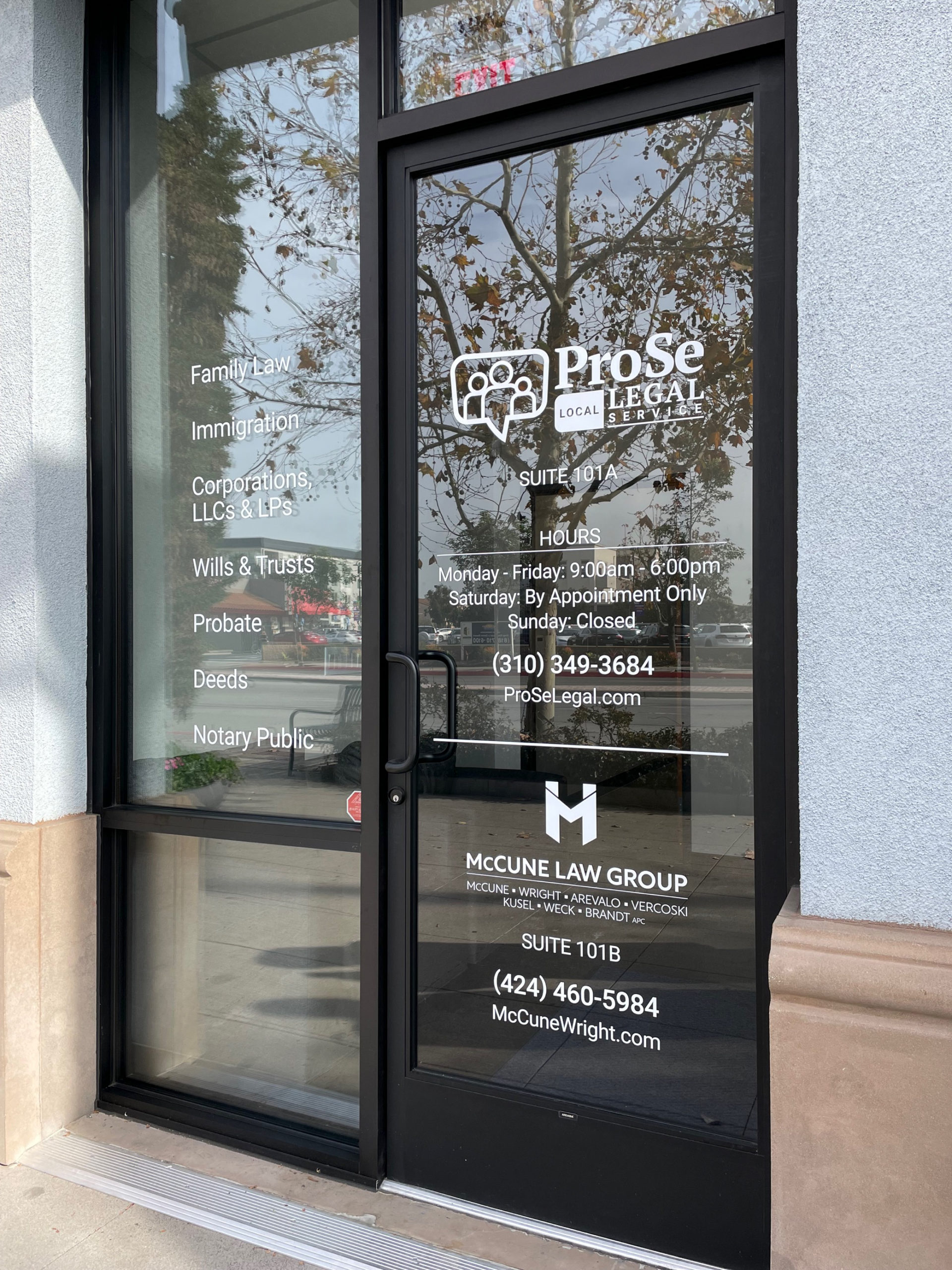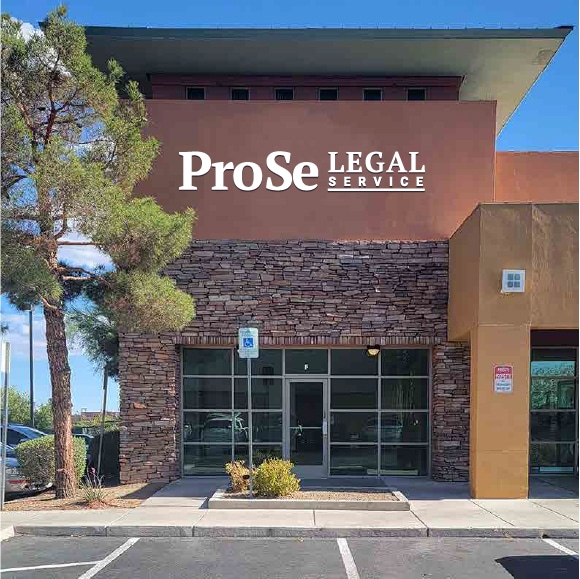Today, we’re diving into a topic that often sparks curiosity and intrigue for real estate enthusiasts and long-time experts alike: transferring property with a quitclaim deed. Whether you’re a seasoned investor, a first-time homebuyer, or simply someone looking to explore the nuances of property transactions, understanding the ins and outs of quitclaim deeds can open up a world of possibilities in the realm of real estate.
What is a Quitclaim Deed?
So, what exactly is a quitclaim deed? Think of it as the Swiss army knife of property transfers—it’s a legal instrument used to transfer interest in real property. Unlike warranty deeds or grant deeds, which provide certain assurances about the title’s validity, a quitclaim deed simply transfers whatever interest the grantor may have in the property without making any guarantees.
Now, you might be wondering, why would anyone opt for a quitclaim deed instead of a warranty deed? Great question! Quitclaim deeds are particularly handy in situations where the transfer of property is between parties who trust each other implicitly or when transferring property between family members, such as parents gifting property to their children or spouses transferring property during a divorce settlement. They’re also commonly used to clear up title issues or to add or remove someone from a property’s title. If you’re transferring property to a perfect stranger, you may still opt for a warranty deed. But quitclaim deeds have unique benefits when you’re looking for a quick and simple transfer.
Transferring Property With a Quitclaim Deed
But enough with the preamble—let’s get down to brass tacks. Here’s a step-by-step guide on how to transfer real estate in California or Nevada using a quitclaim deed:
- Draft the Deed: The process begins with drafting the quitclaim deed. While you can find templates online, it’s crucial to ensure that the deed complies with your state’s laws and includes all necessary information, such as the names of the grantor and grantee, a legal description of the property, and any pertinent signatures. Our California and Nevada clients can find information on the state’s website.
- Execute the Deed: Once the deed is drafted, it needs to be signed by the grantor—the individual transferring their interest in the property—in the presence of a notary public. Some states may also require the signature of witnesses.
- Record the Deed: After it’s been signed, the quitclaim deed must be filed with the appropriate government office—usually the county recorder’s office—in the county where the property is located. Recording the deed serves to provide notice to the public of the property transfer and establishes a clear chain of title.
- Notify Interested Parties: While not always required, it’s a good practice to inform any parties with an interest in the property about the transfer. This might include mortgage lenders, homeowners’ associations, or other co-owners.
- Update Title Insurance: If you have title insurance on the property, you may need to update it to reflect the change in ownership. Contact your title insurance company to ensure that your coverage remains valid.
And there you have it—the basics of transferring real estate with a quitclaim deed! While quitclaim deeds offer simplicity and flexibility, it’s essential to understand their limitations especially in California or Nevada. Unlike warranty deeds, quitclaim deeds provide no warranties or guarantees regarding the property’s title, so it’s crucial to conduct due diligence and consider consulting with a real estate attorney if you have any concerns about the property’s title or potential liabilities.
Frequently Asked Questions:
Quitclaim deeds offer simplicity and flexibility, making them suitable for transferring property between family members, resolving disputes, or clearing up title issues. One major advantage is their ease of use and lack of warranties, which can streamline the transfer process. However, since quitclaim deeds provide no guarantees about the property’s title, they may not be suitable for transactions where title assurance is necessary, such as selling a property to an unrelated party or securing financing.
Yes, a quitclaim deed can be used to transfer ownership of a property with an existing mortgage. However, it’s essential to understand that transferring ownership via quitclaim deed does not release the grantor from their obligations under the mortgage. The mortgage remains attached to the property, and the grantor may still be liable for the debt, even after transferring ownership. In such cases, it’s crucial to work closely with the mortgage lender to ensure compliance with loan terms and to explore any potential consequences of the transfer.
While quitclaim deeds offer simplicity and flexibility, they also come with certain risks. Since quitclaim deeds provide no warranties or guarantees about the property’s title, there’s a possibility that undisclosed claims or defects may arise after the transfer. For example, if the grantor’s ownership interest in the property is not what was expected, the grantee may encounter challenges in asserting full ownership rights. Additionally, if the property is subject to undisclosed liens or encumbrances, the grantee may be responsible for addressing these issues.
The process of transferring property with a quitclaim deed may vary depending on state laws and regulations. While the basic steps—drafting the deed, executing it, and recording it—are generally consistent across states, specific requirements, such as formatting, notarization, or witnessing, may differ. Additionally, some states, like California or Nevada, may have additional steps or documentation requirements for property transfers, such as transfer tax declarations or documentary stamp taxes. It’s essential to consult with a local professional to ensure compliance with state-specific laws and procedures.
How to Get Started on Your Deed Matters
If you are ready to file your deed(s), our Legal Document Assistants in California or Legal Document Preparers in Nevada are ready to help. Here is how you can get started today:
- Step 1: Make an Appointment: Once we receive your contact form, our team will promptly review your request. We will then reach out to you to schedule an appointment. This appointment can be in-person, over the phone, or through a virtual meeting, depending on your preferences and availability. Be prepared to suggest a few suitable time slots for the meeting.
- Step 2: Meet with One of Our LDAs or LDPs: Attend the scheduled meeting with one of our experienced Legal Document Assistants (LDAs) or Legal Document Preparers (LDPs). This meeting is an opportunity for you to discuss your deed matters in more detail and outline your goals. Bring any relevant documents or information that may assist in understanding your specific needs.
- Step 3: Discuss the Deed Filing Process: During the meeting, our California LDA or Nevada LDP will guide you through the filing process for all milestones in the deeds process. They will explain the required documentation needed to proceed quickly. Feel free to ask questions and seek clarification on any aspects of the deed process that may be unclear.
- Step 4: Discuss the Next Steps: Towards the end of the meeting, discuss the next steps in the process. This includes timelines for filings, any additional information or documentation needed from your end, and a clear outline of the follow-up. Ensure that you have a comprehensive understanding of the upcoming steps and are comfortable with the proposed course of action.
Our Team of LDAs or LDPs are Ready to Assist You!
At ProSe Legal Service, we’re passionate about empowering California and Nevada individuals to navigate the complexities of legal processes with confidence. Whether you’re embarking on a real estate transaction or tackling any other legal endeavor, we’re here to provide the guidance and support you need to succeed. Choosing ProSe Legal Service means choosing a partner dedicated to excellence, precision, and the protection of your interests. Let us help you navigate the complex world of deeds with confidence, ensuring your real estate transactions are not just documented but secured for the future.
For more information on how we can assist you with your deed matters, today or call (909) 497-1349 to schedule your next appointment with our team of professional LDAs or LDPs!

